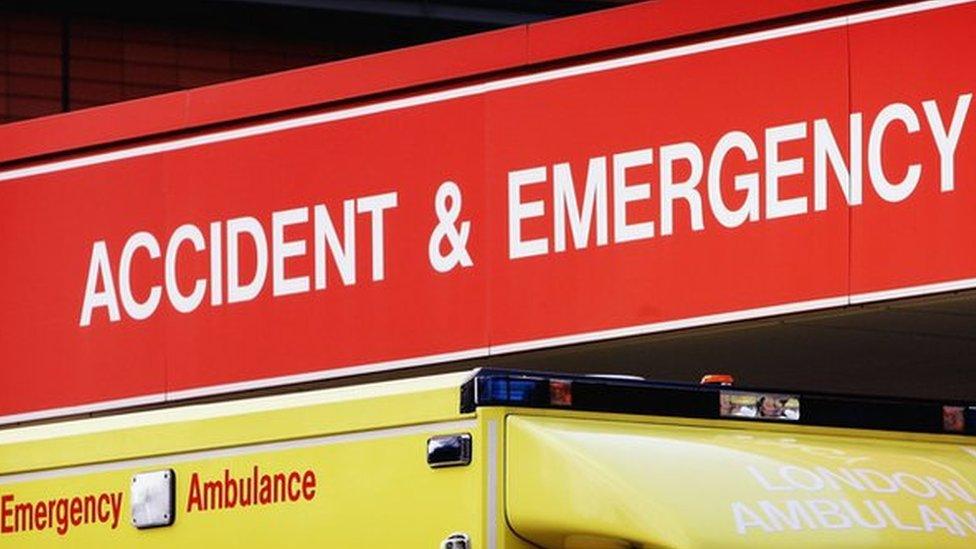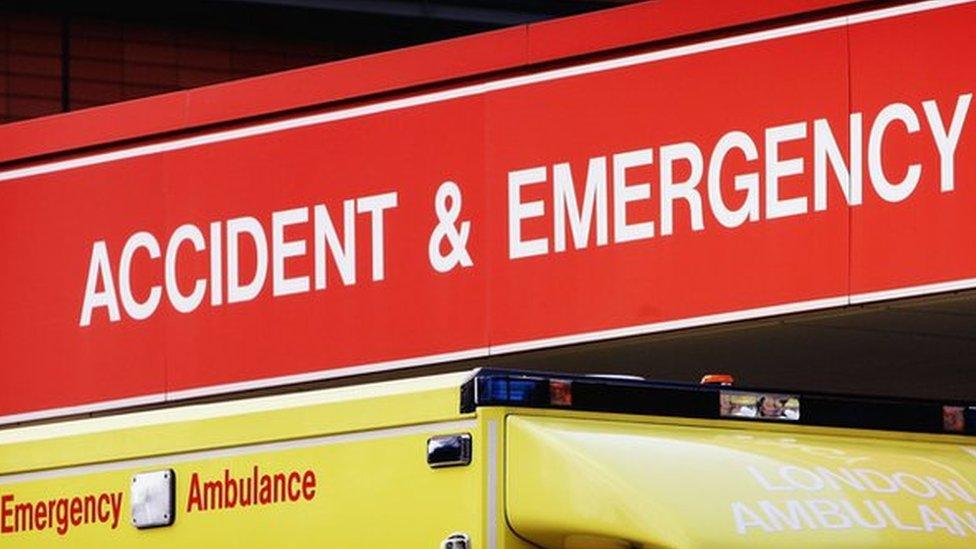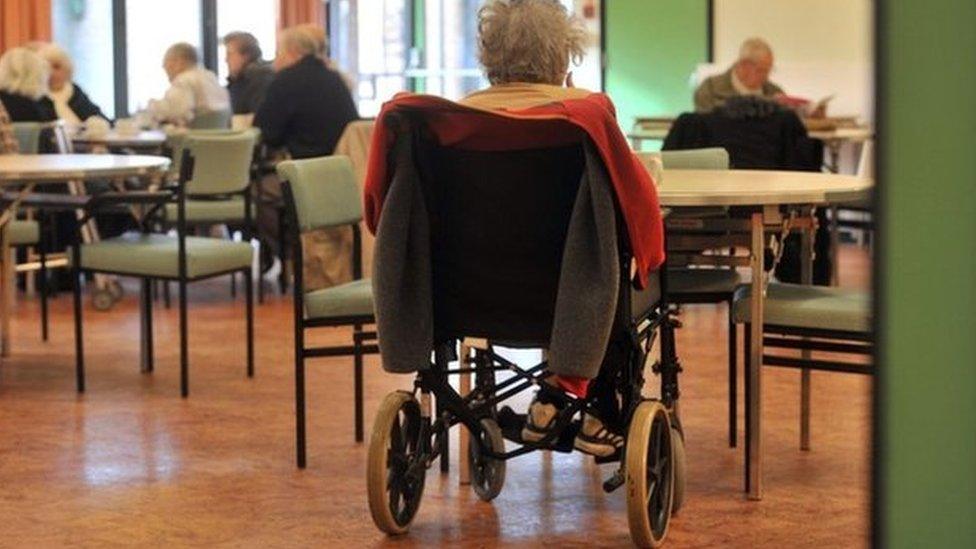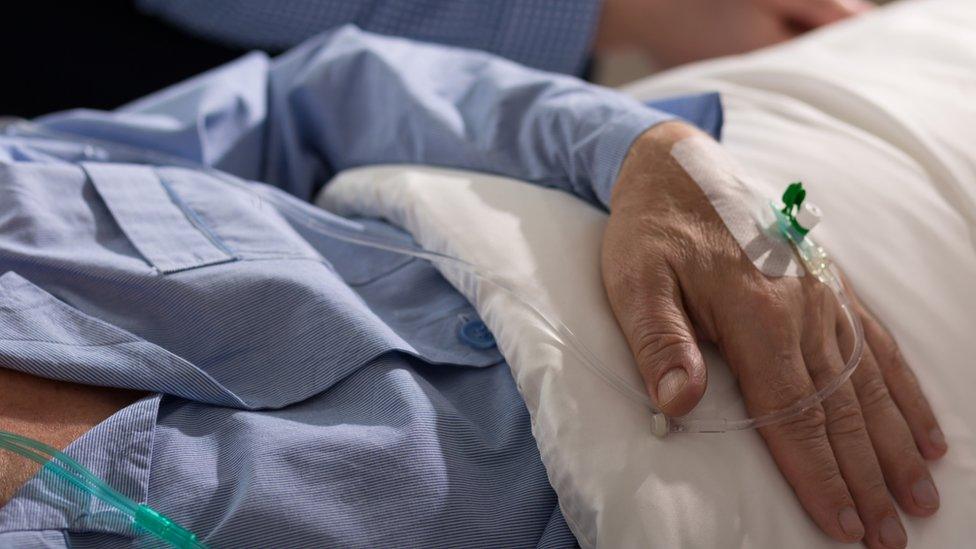A&E delays reach new record level
- Published

A&E performance in England sank to a new low in February for the second month in a row, official figures show.
Hospitals are meant to see 95% of patients in four hours, but just 87.8% were, NHS England data revealed.
That is a slight drop on the January figures, which were the worst since the target was introduced in 2004.
And in another sign of growing A&E pressures, a unit in Lancashire is being forced to close overnight from next week because of a staffing crisis.
Bosses running the Chorley A&E said they had to take the step because they did not have the doctors to staff the unit.
There is a national shortage of A&E doctors and Chorley said this had been exacerbated by the national cap on agency staff which has been brought in.
The cap limits the amount hospitals can pay for locum staff to no more than 55% above normal shift rates. It has been phased in since November as the government has demanded the health service curb the rising bill for agency staff, which has been cited as one of the major factors behind the deficits being racked.

The Chorley unit - part of the Lancashire Teaching Hospitals NHS Foundation Trust - tried to apply the cap but found it could not fill its rotas.
It relied heavily on locum staff because it did not have enough permanent doctors and so this month has stopped using the cap, under the emergency clause in the regulations, but still could not find the staff.
There have been suggestions other trusts have got round it by paying permanent doctors extra to fill shifts.
Trust medical director Prof Mark Pugh said: "We simply cannot staff the rotas and it is an unacceptable risk to patient safety to attempt to provide an emergency service with no doctors available to see people."
Dr Cliff Mann, of the Royal College of Emergency Medicine, said Chorley was not the only unit affected. "A&E units rely on locums more than others because we have problems filling posts with permanent staff and we have to provide a 24/7 service.
"This is not a unique situation."
The news emerged as NHS England published its monthly performance report for February.
As well as the problems in A&E, the 111 phone service, ambulances and cancer care also missed key performance targets.
The 18-week target to see patients needing routine treatments, such as knee and hip operations, was met although a number of trusts did not submit data.
Candace Imison, of the Nuffield Trust, said: "Today's figures are the very visible symptoms of a system facing both inexorably increasing patient numbers and severe financial strain."
NHS England's Richard Barker said the problems in A&E were also related to a later-than-normal spike in flu cases and problems hospitals were experiencing discharging patients because of problems accessing social care support in the community for vulnerable patients.
"Despite these pressures, for the year as a whole more than nine out of ten patients have been admitted, treated or discharged in under four hours, while long trolley waits have halved compared with last year," he added.
Across the rest of the UK the four-hour target is also being missed, according to latest figures. Performance in Wales and Northern Ireland is worse than in England, while in Scotland just below 93% of patients were seen within target during February.
- Published26 December 2015

- Published29 January 2016

- Published10 December 2015
- Published9 December 2015

- Published27 November 2015

- Published25 November 2015

- Published12 November 2015

- Published12 November 2015
- Published9 October 2015

- Published9 October 2015